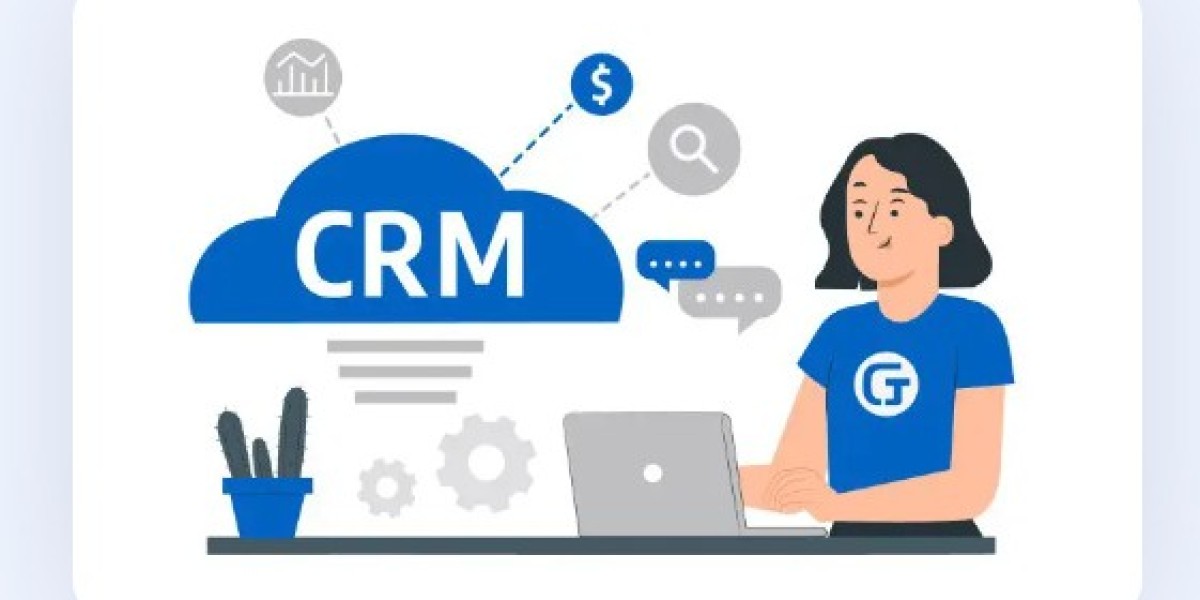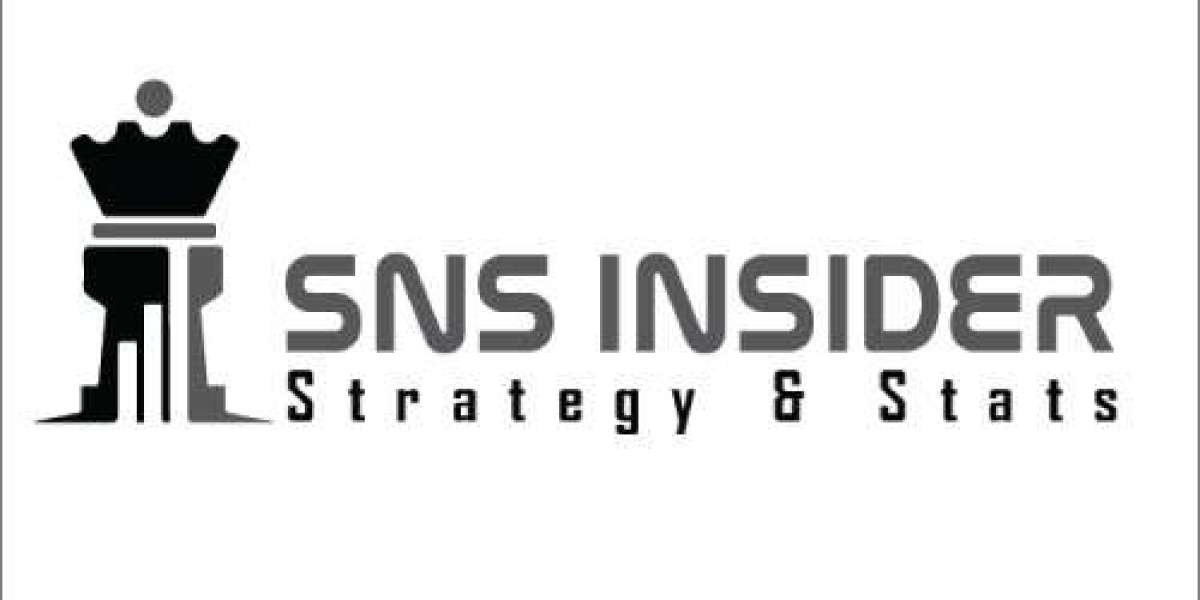Introduction
In today's competitive business landscape, effective customer relationship management (CRM) is essential for companies to thrive. A CRM system helps organizations streamline their interactions with customers, enhance customer satisfaction, and boost sales and productivity. While there are many CRM software options available on the market, building your own CRM can provide a tailored solution that aligns perfectly with your unique business needs and processes. In this comprehensive guide, we will explore the benefits of building your own CRM, provide practical steps to get started, and address common questions and concerns along the way.
Why Build Your Own CRM?
1. Flexibility and Customization
When you build your own CRM, you have complete control over its features, functionality, and user interface. Off-the-shelf CRM solutions may not always meet the specific requirements of your business. By creating a customized CRM, you can tailor it to your workflows, integrate it seamlessly with existing systems, and adapt it as your business evolves.
2. Cost Efficiency
While it may seem counterintuitive, building your own CRM can often be more cost-effective in the long run. While initial development costs may be higher compared to purchasing a pre-built CRM, you can avoid ongoing subscription fees and license renewals. Moreover, you can eliminate unnecessary features and focus on building the core functionalities that directly impact your business.
3. Enhanced Data Security
Data security is a top priority for any organization. When you build your own CRM, you have greater control over data storage, access controls, and encryption measures. This enables you to implement robust security protocols and ensure compliance with privacy regulations, providing peace of mind for both your business and your customers.
4. Scalability and Integration
As your business grows, your CRM needs to keep pace with increasing demands. Building your own CRM allows you to design a system that can scale effortlessly, accommodating higher user volumes and expanding functionality. Additionally, you can integrate the CRM seamlessly with other applications and tools used within your organization, enhancing efficiency and collaboration.
Getting Started: Steps to Build Your Own CRM
1. Define Your CRM Objectives
Before embarking on building your own CRM, it's crucial to clearly define your objectives. Determine the specific goals you want to achieve with your CRM system, such as improving lead management, enhancing customer support, or increasing sales conversion rates. Understanding your objectives will guide the development process and ensure the CRM aligns with your business strategy.
2. Identify Key Functionalities
Once you have established your objectives, identify the key functionalities your CRM system needs to have. These functionalities may include contact management, opportunity tracking, task management, reporting and analytics, and integration capabilities. Prioritize the functionalities based on their importance and feasibility for implementation.
3. Choose the Right Technology Stack
Selecting the right technology stack is crucial for building a robust and efficient CRM system. Consider factors such as the programming language, frameworks, and libraries that best suit your development team's skills and your business requirements. Popular choices for building CRM systems include PHP, Python, Ruby on Rails, and JavaScript frameworks like Angular or React.
4. Design the Database Structure
The database structure is the foundation of your CRM system. Design a logical and efficient database schema that can accommodate the data entities you need to store, such as customers, contacts, leads, opportunities, and interactions. Establish relationships between these entities to ensure accurate data representation and ease of querying.
5. Develop the Core Functionality
Once the database structure is defined, start developing the core functionality of your CRM system. Begin with essential features such as user registration and authentication, contact management, and basic reporting. As you progress, add more advanced
features like opportunity tracking, task management, and integration with external systems. Ensure that each functionality is thoroughly tested to guarantee its reliability and usability.
6. Create an Intuitive User Interface
A user-friendly interface is vital for the success of your CRM system. Design a clean and intuitive user interface that allows users to navigate seamlessly and perform tasks effortlessly. Consider incorporating responsive design principles to ensure optimal usability across different devices and screen sizes.
7. Implement Security Measures
Protecting sensitive customer data should be a top priority when building your CRM system. Implement robust security measures, including encryption, secure authentication, and access controls. Regularly update and patch your CRM system to address any security vulnerabilities that may arise.
8. Conduct Thorough Testing
Thorough testing is essential to ensure the stability and reliability of your CRM system. Perform various types of testing, including functional testing, integration testing, performance testing, and user acceptance testing. Identify and fix any bugs or issues before deploying the CRM to production.
9. Deploy and Monitor
Once you are confident in the stability and functionality of your CRM system, deploy it to your production environment. Monitor its performance closely and gather feedback from users to identify any areas of improvement. Regularly update and maintain your CRM system to address user feedback, add new features, and stay ahead of technological advancements.
Building Your Own CRM: FAQs
FAQ 1: Is building my own CRM suitable for small businesses?
Absolutely! Building your own CRM can be beneficial for businesses of all sizes. It allows you to customize the CRM according to your specific needs and budget, ensuring optimal efficiency and scalability.
FAQ 2: Do I need coding skills to build a CRM?
While having coding skills can be advantageous, it is not a mandatory requirement. You can collaborate with a skilled development team or hire external developers to build your CRM according to your specifications.
FAQ 3: Can I integrate my CRM with other business applications?
Yes, one of the advantages of building your own CRM is the ability to integrate it with other business applications. You can connect your CRM with email marketing tools, customer support systems, accounting software, and more to streamline your operations.
FAQ 4: What if I need technical support after building my CRM?
It's advisable to have a support plan in place after building your CRM. You can either maintain an in-house technical team or partner with an external IT service provider to ensure prompt assistance and ongoing support.
FAQ 5: Can I migrate data from my existing CRM to the one I build?
Yes, data migration is possible when transitioning from an existing CRM to a new one. However, it requires careful planning and execution to ensure the smooth transfer of data without loss or corruption. Consider working with experts to facilitate the data migration process.
FAQ 6: Is it possible to add new features to my CRM after it's built?
Yes, one of the advantages of building your own CRM is the ability to add new features as your business needs evolve. You can continuously enhance and expand your CRM's functionality to meet changing requirements.
Conclusion
Building your own CRM can be a game-changer for your business. It offers flexibility, customization, and cost efficiency that off-the-shelf solutions may not provide. By following the steps outlined in this guide, you can embark on a successful journey to develop a CRM system that aligns perfectly with your business objectives and processes. Remember to define your goals, prioritize functionalities, choose the right technology stack, and focus on user-friendly design and robust security. With your own CRM in place, you'll have the power to take control of your customer relationships and drive your business towards success.



